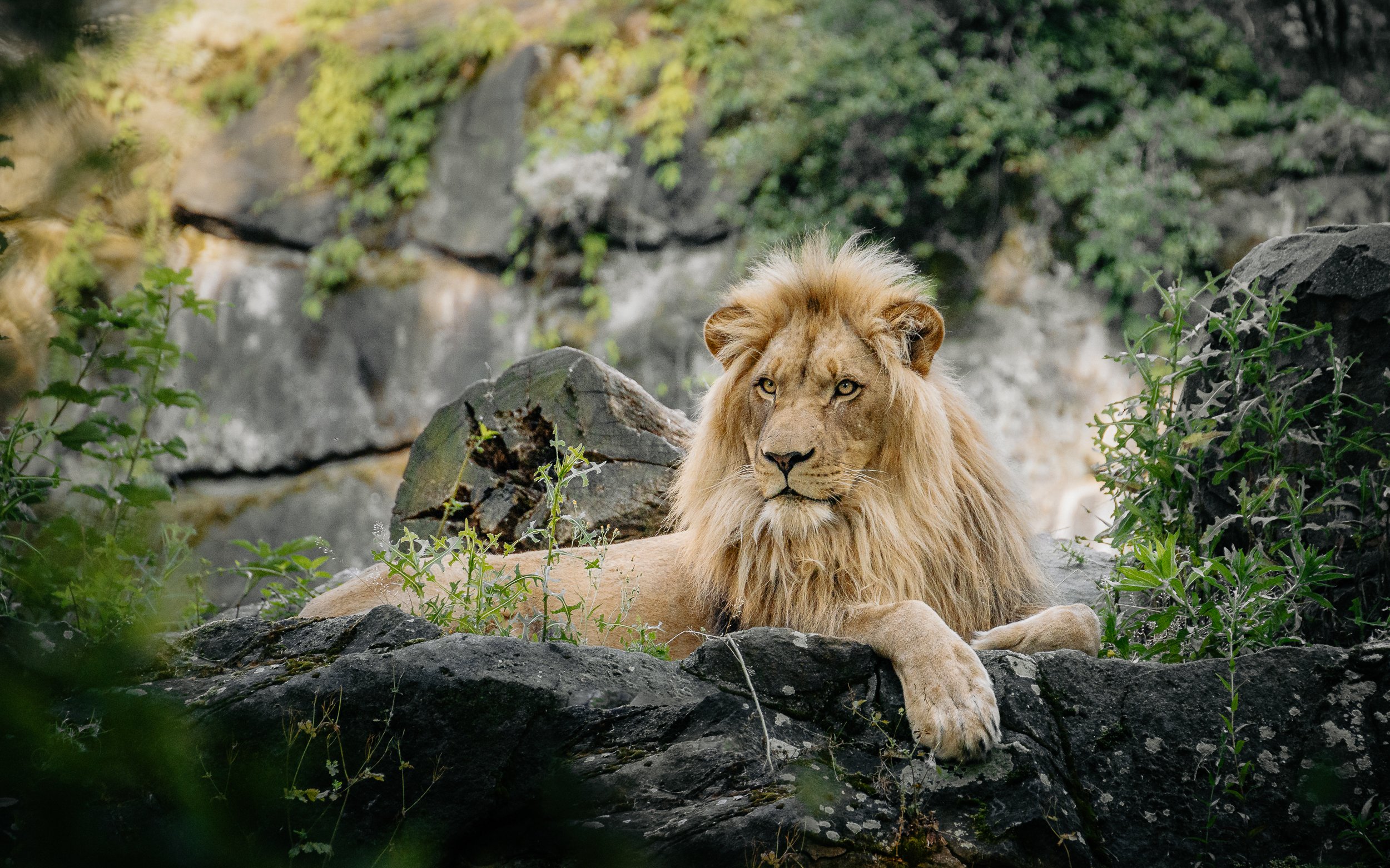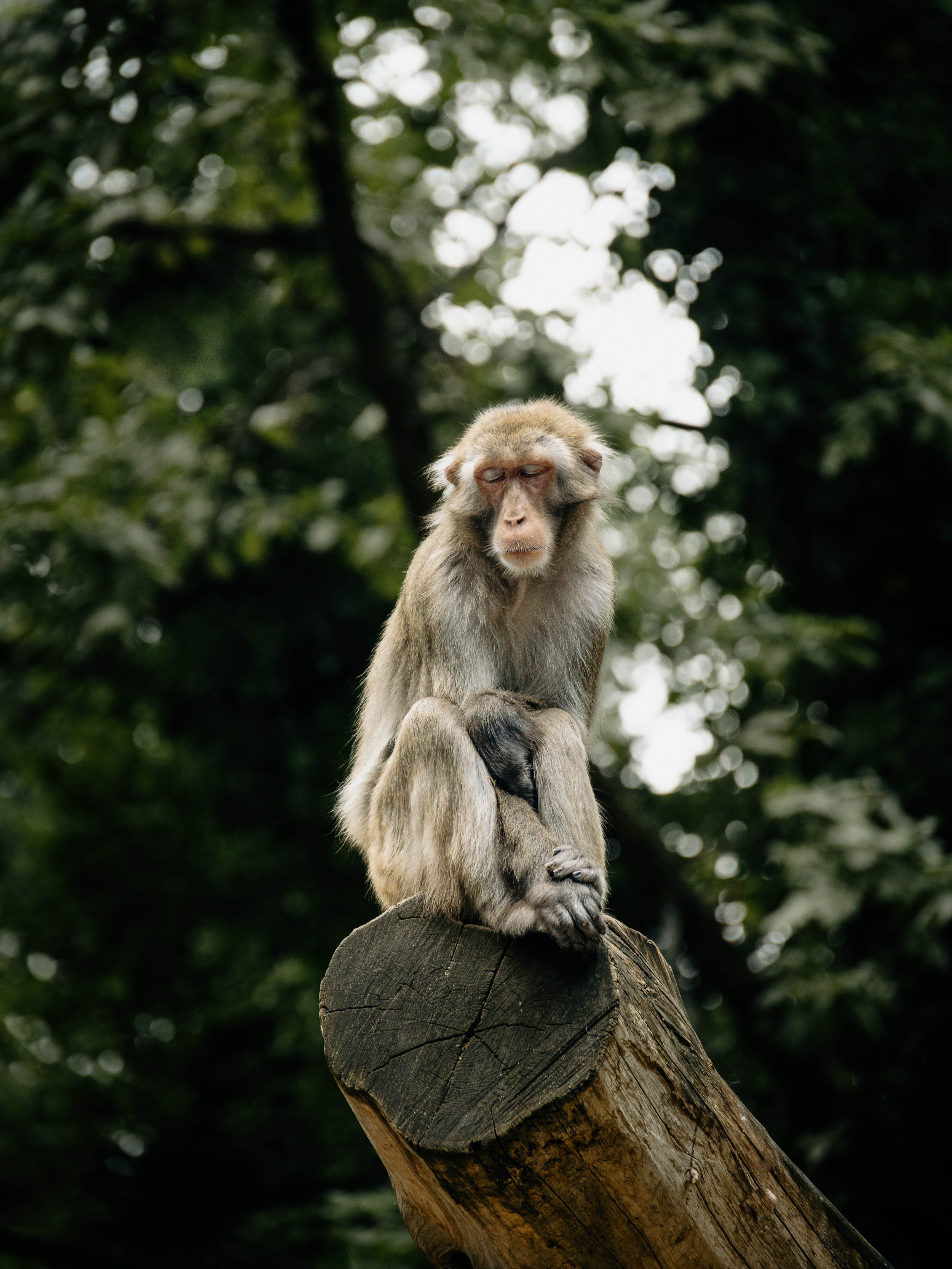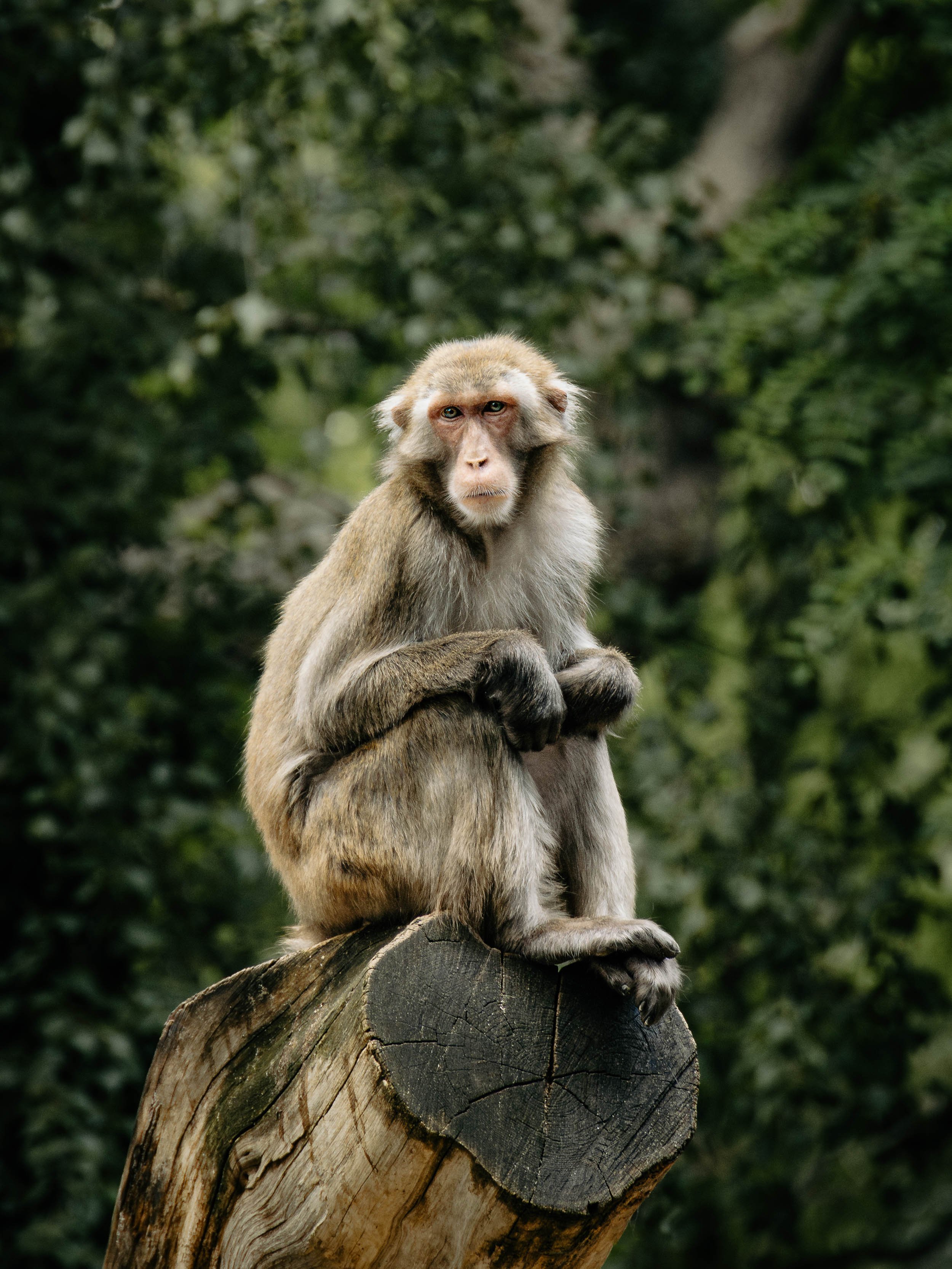Shoot now, decide later
I have been drawn to photography news for a long time, eagerly consuming information about new lenses or next-generation camera sensors. However, a recent revelation has shifted my perspective. The most potent photography tool, one that is not being championed as it should, is within each of us. It's the most incredible and powerful thing we possess. And it's free. I'm referring to the gut—the photography gut, a force to be reckoned with in our creative journey.
I'm sure it's not the first time you've heard the term 'gut feeling' - an intuitive or instinctive feeling that can occasionally be experienced with a physical sensation. Sometimes, you may have a bad gut feeling about a specific person you just met or a location you just entered. But it's not all bad - I'm sure you've also had a good gut feeling. You may have met someone who led to your career improvement, or you went somewhere on a whim, leading to your best trip ever. It's this feeling that we may be unable to easily explain or justify rationally. However, it still feels like a clear and compelling direction at a time. And I honestly believe that gut feeling is one of the significant senses we may keep underrating. And it applies to photography, too.
One of the times the gut happened to me was at a zoo in Berlin with my camera buddy. Armed with my camera and an open heart, I had set out to capture the wild beauty of the animal kingdom. The air was filled with the sounds of distant roars and chirps, a symphony that called to the photographer in me. My friend and I navigated the winding paths, our eyes scanning the enclosures for that perfect shot. We paused at the monkey exhibit, where the beautiful, soft creatures lazily sat on the logs, sunbathing in the sunlight. The more we explored, the more I realised the power of following my instincts. Each photograph I took felt like a connection, not just to the animals but also to the deeper essence of my creative spirit. I felt alive, fully immersed in the experience, trusting my gut to guide me toward the next captivating moment.
As the day passed by, fewer and fewer people were staying in the zoo. When they finally announced the zoo was being closed, we slowly started finding our way back to the gates. A massive queue was already formed before the exit gates as we arrived. We decided to use that time and stopped by the big platform with big cats. The lions were still sunbathing, their majestic manes glowing in the golden light. As we were waiting for the queue to get smaller, I decided to use that time to take an additional couple of photos. I paced back and forth, looking for the right angle. Finally, a movement caught my eye—the king of the jungle woke up from the nap and looked straight at me like he had been waiting for something. Following my gut, I raised my camera and started capturing the moment. And just at that moment, he started yawning and roaring loudly. The scene lasted maybe 15 seconds, and I was there for it. To capture the essence of the energy of the king of the jungle, framed in perfect shots.
As I packed away my camera, I felt a sense of fulfilment. I felt like the lion had been waiting there for me all that time to capture that moment. I knew those photos would be my favourite ones from that trip.
When we returned to the hotel, I looked at the photos I had taken—each image a reflection of my journey through the zoo. There were undoubtedly some misses among the many captures, but the gems I found were worth it. The images captured that day would remind me that the best photography often comes from following the unseen currents of our instincts.
Unfortunately, there is a downside to this approach. While you may end up taking more photos, which can lead to a higher number of subpar shots, it also has the potential to capture more promising images. However, this increased volume means that, after a shoot, you'll have more photos to sift through to select the best ones, which may slow you down. On the positive side, shooting more often will allow you to learn and improve quickly. You may fail more, but these 'failures' are stepping stones to improvement. The more you experiment and take risks, the quicker you improve.
Trust your gut, as it will improve over time. It may feel unreliable now, but in a few years, it will become sharper. As you gain more experience, you will develop a broader range of insights and understanding. This evolution of your gut feeling into intuition is a journey worth embarking on, leading to the capture of some truly fantastic shots.
So, the next time something captures your attention or feels intriguing, don't ignore it—take the shot and think about it later. There's likely a reason it caught your eye and compelled you to explore further. Trust your gut, as it plays a significant role. You can analyse your images later at home; focus on shooting and following your instincts. Whenever I take photos, I like to remember a principle I follow: Shoot now, decide later.





